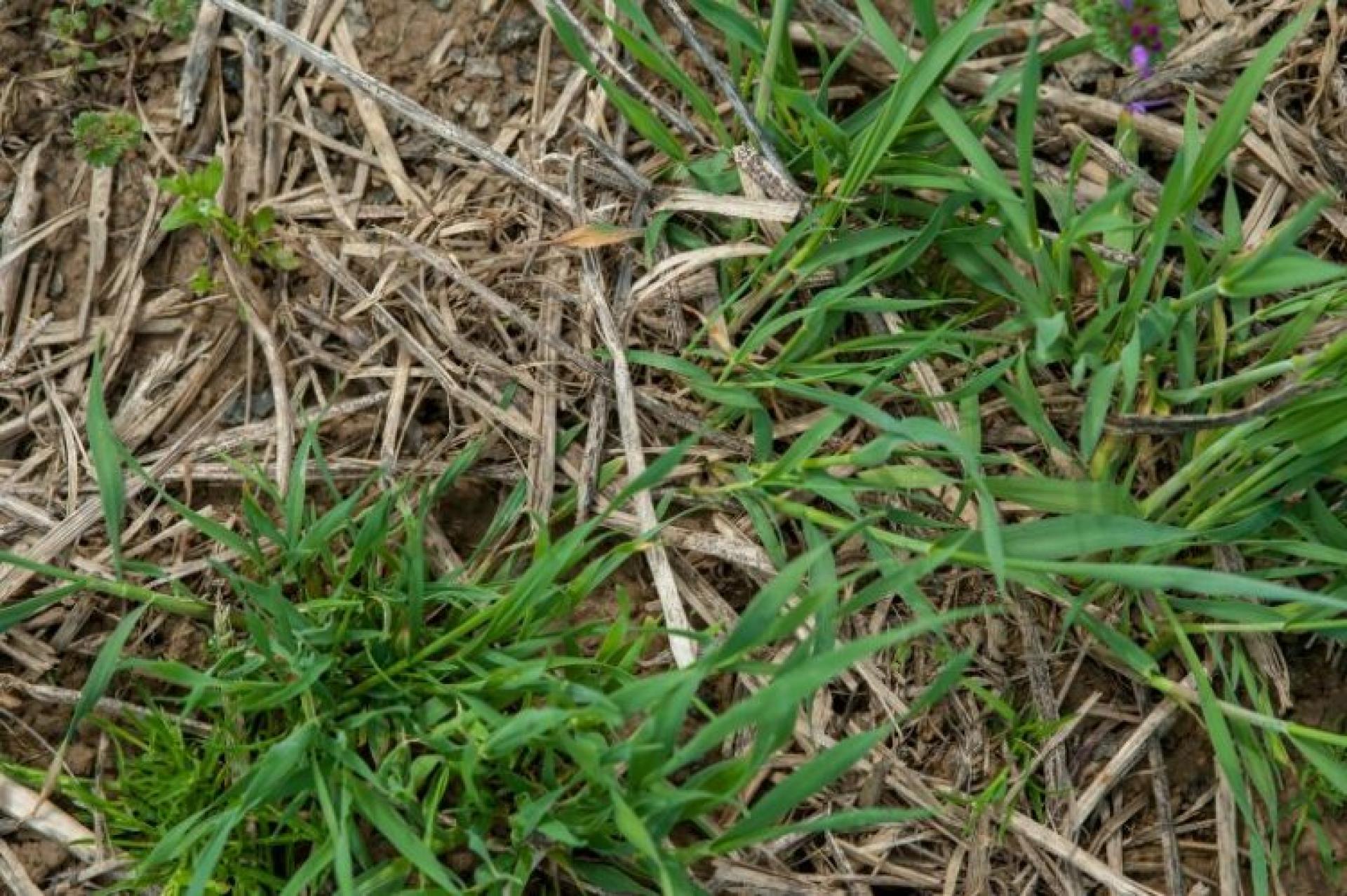You are here
Be A Better Gardener: Back to the Future
Be A Better Gardener: Back to the Future
by Thomas Christopher
Three thousand years ago, farmers in China nurtured their soil with a technique I am just now exploring. Those ancient farmers understood, no doubt from experience, that leaving their soil bare over the winter would damage it in many ways. It left the soil vulnerable to erosion by winter winds and rains, and although these farming pioneers had no knowledge of soil chemistry they had surely observed that the soil which remained was poorer by spring planting, less nutritious for the plants and more compacted. Something they must have observed was how weeds invaded bare soil, filling it with their seeds so that the farmers were ensured a busy summer of hoeing.
The best response to all of these problems was to sow the harvested fields with a cover crop, some fast-growing plant that would protect and even enrich the soil over the winter. Come spring, these cover crops could be “terminated,” as Amanda Douridas put it in a recent conversation with me. Amanda is an educator for The Ohio State University Extension Service, and she is the author of a fact sheet, “Cover Crops In the Garden,” which translates this agricultural practice to a scale suited to a home vegetable garden such as mine.
Amanda began the fact sheet with the suggestion that a gardener choose the goal for planting a cover crop before choosing what plant or combination of plants they would sow into the soil. If, for example, you wish to boost the organic content of your soil, a fast-growing grass such as oats is ideal, especially because it will winter kill, saving you the trouble of killing it before spring planting. I have used an early fall sowing of annual ryegrass for the same purpose, shredding the dead growth in early spring with my mulching lawn mower before turning the debris into the soil with a rototiller set to a shallow depth.
If your goal is to keep nutrients such as nitrogen or phosphorus from leaching out of your soil over the winter, you will find brassicas, a member of the cabbage family, particularly adept at absorbing them with their roots and locking them up in their tissues until you turn them into the soil to rot in the spring. You can use leftover kale or radish seeds for this purpose, broadcasting them over your soil. Another alternative is Asian daikon radishes whose thick, long roots will rot in spring to leave channels into the soil that helps it absorb water.
Legumes, members of the bean and pea family such as hairy vetch, form a partnership with soil bacteria, hosting them in nodules on their roots, that gives them the ability to absorb nitrogen gas from the air and convert it into a form that plants can use as free fertilizer. This is my favorite cover crop as it also supplies organic matter when I turn it into the garden soil in the spring.
Any cover crop will help to exclude weed invasion. Particularly useful in this respect is cereal rye, which can be planted even into late fall. Cereal rye germinates quickly, growing until winter cold shuts it down, but it survives to resume growth in the spring. Amanda Douridas advises killing it by “crimping” in spring, ideally around the time it flowers. She uses a snow shovel for this purpose, sweeping the blade over the plants to flatten their stems, and then pushing the edge of the blade into the prostrate stalks to crimp them at intervals which kills them. Backing up across a plot is the easiest way to do this, she told me. You can leave the dead stalks in place to serve as an organic mulch, planting your vegetable crops down through this. As the mulch decays, it will add both organic matter and a small amount of fertility to the garden.
It’s worth noting that cover cropping wasn’t just a favorite technique of the ancient Chinese. It was practiced by farmers all over the world, including the United States, until synthetic fertilizers and chemical herbicides took over agriculture in the 1950’s. You can free yourself from these toxins and reduce your reliance on fossil-fuel derived fertility by setting your clock back.
To hear the rest of my conversation with Amanda Douridas, log onto the Berkshire Botanical Garden blog, “Growing Greener,” at www.berkshirebotanical.org. To download a free copy of Amanda’s fact sheet, go to https://ohioline.osu.edu/factsheet/hyg-5814.
Be-a-Better-Gardener is a community service of Berkshire Botanical Garden, located in Stockbridge, Mass. Its mission, to provide knowledge of gardening and the environment through a diverse range of classes and programs, informs and inspires thousands of students and visitors each year. Thomas Christopher is a volunteer at Berkshire Botanical Garden and is the author or co-author of more than a dozen books, including Nature into Art and The Gardens of Wave Hill (Timber Press, 2019). He is the 2021 Garden Club of America's National Medalist for Literature, a distinction reserved to recognize those who have left a profound and lasting impact on issues that are most important to the GCA. Christopher’s companion broadcast to this column, Growing Greener, streams on WESUFM.org, Pacifica Radio and NPR and is available at berkshirebotanical.org/growinggreener.
Help Our Garden Grow!
Your donation helps us to educate and inspire visitors of all ages on the art and science of gardening and the preservation of our environment.
All Donations are 100 percent tax deductible.


